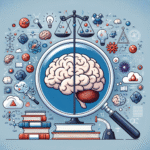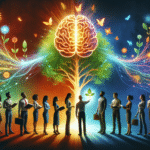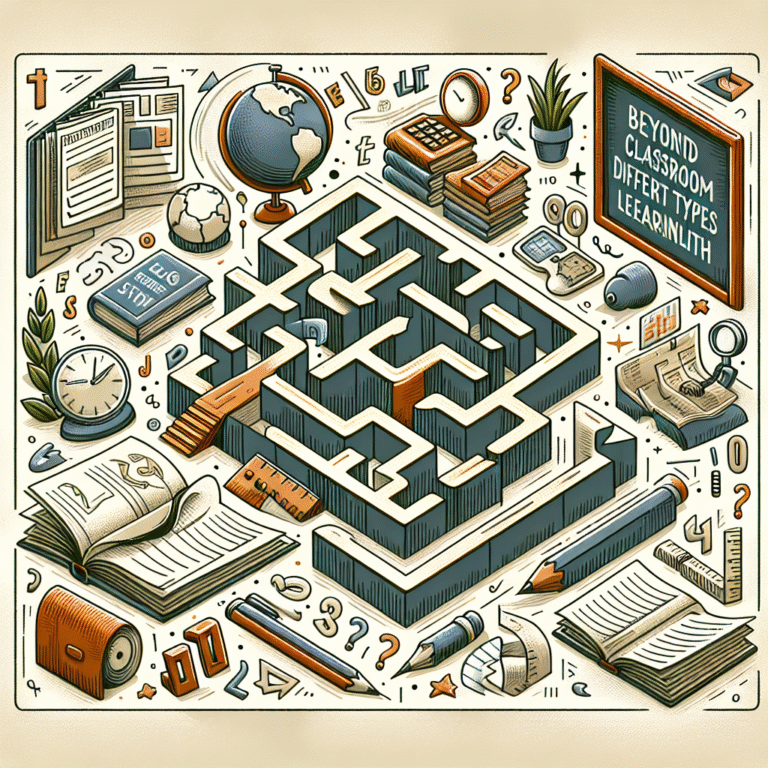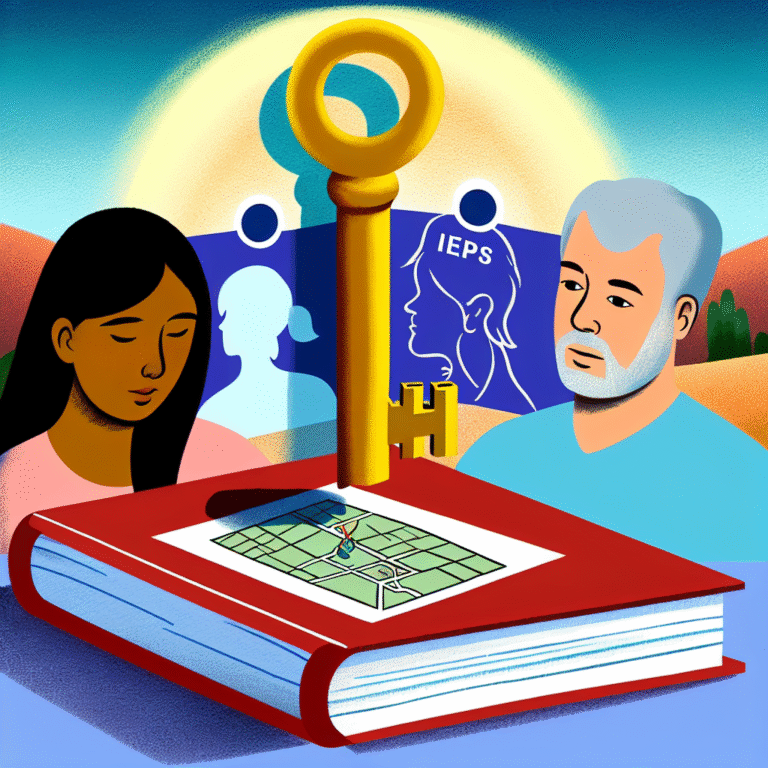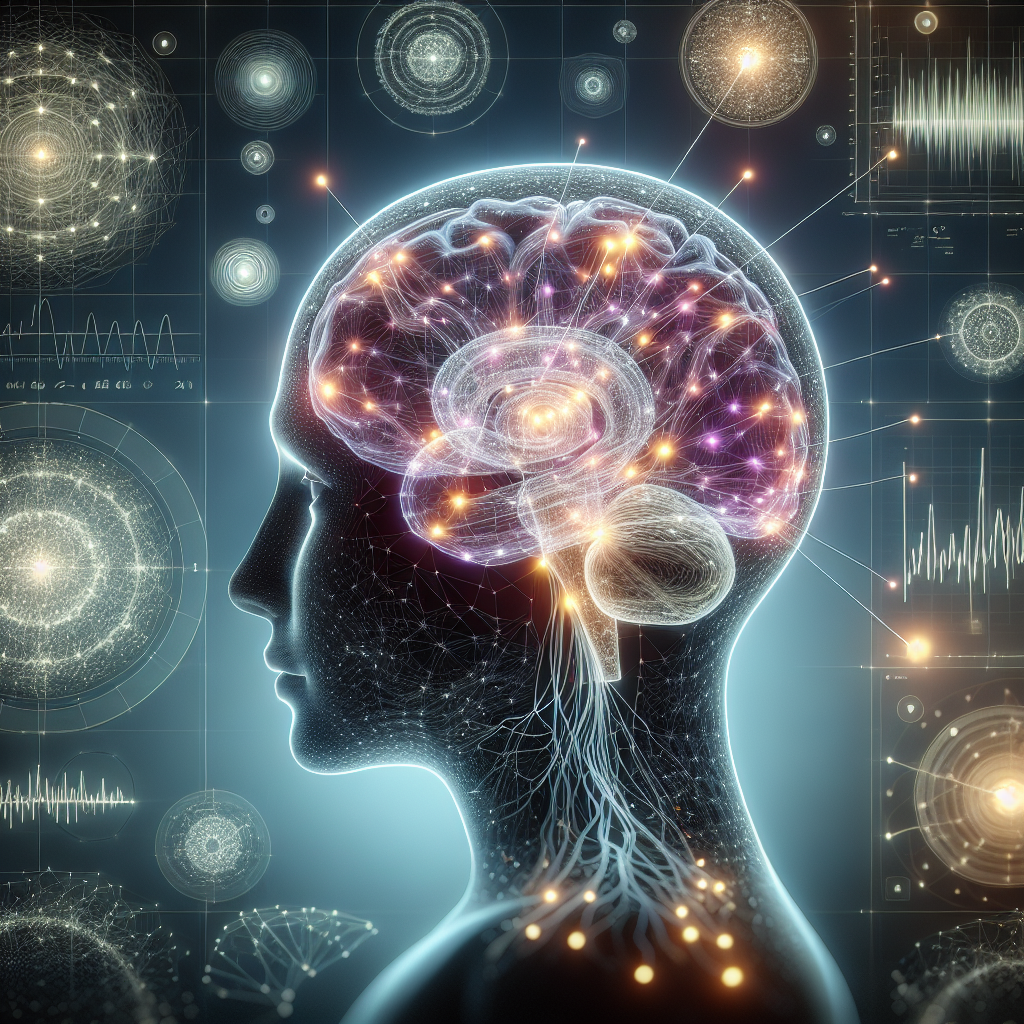
Introduction
Have you ever wished you could understand the human brain in real time? The intricate workings of this organ have long fascinated scientists, psychologists, and curious minds alike. Today, we stand on the brink of a new age in neuroscience, where groundbreaking technologies like electroencephalography (EEG) are transforming how we decode the brain and its myriad functions. Decoding the Brain: How Electroencephalography Is Revolutionizing Neuroscience is not just a scientific quest; it’s an essential journey towards comprehending who we are and how we think.
Electroencephalography, a technique that measures electrical activity in the brain, is changing the landscape of mental health treatment, cognitive enhancement, and even artificial intelligence. As we delve deeper into the fascinating world of EEG, we’ll uncover its incredible applications, pioneering case studies, and what the future holds. Ready to explore? Let’s embark on this enlightening journey!
Understanding Electroencephalography
What Is Electroencephalography?
Electroencephalography (EEG) is a non-invasive method for recording electrical activity in the brain through electrodes placed on the scalp. These electrodes detect voltage fluctuations resulting from ionic current within the neurons of the brain, providing critical insights into cerebral activity. The procedure is simple, pain-free, and offers real-time data, making it invaluable in research and clinical settings.
Historical Background
The first clinical use of EEG dates back to the 1920s when German psychiatrist Hans Berger discovered that brain activity could be measured. Subsequently, this groundbreaking technique has evolved significantly, incorporating advanced technologies that enhance its accuracy and applicability.
The Science Behind EEG
How EEG Works
EEG captures electrical impulses through a system of electrodes attached to the scalp. These signals are then amplified, filtered, and recorded for analysis. The brain’s electrical activity can be categorized based on frequency bands: Delta, Theta, Alpha, Beta, and Gamma, each corresponding to different states of consciousness and cognitive functions.
EEG vs. Other Imaging Techniques
Unlike other imaging modalities such as MRI or CT scans, which provide structural information, EEG offers dynamic insights into brain activity. This makes it a powerful tool for studying real-time neural processes during tasks, sleep, and even various psychological states.
Revolutionizing Neuroscience with EEG
Applications in Clinical Neuroscience
Mental Health
One of the most compelling applications of EEG lies in the field of mental health. Conditions like depression, anxiety, and PTSD can manifest unique brainwave patterns. Researchers are increasingly using EEG data to identify these patterns, paving the way for personalized treatment protocols.
Case Study: The Use of EEG in Treating Depression
A recent study showed that patients with major depressive disorder exhibited specific aberrations in their alpha and beta wave patterns. By applying neuromodulation based on EEG monitoring, clinicians could effectively tailor therapies, resulting in notable improvements in patient outcomes.
Epilepsy Management
EEG is routinely used to diagnose and manage epilepsy. By identifying seizure patterns, healthcare providers can strategize treatment plans more effectively.
Table 1: Comparison of EEG Patterns in Different Types of Seizures
| Seizure Type | EEG Pattern |
|---|---|
| Tonic-Clonic | Generalized spike and wave |
| Absence Seizure | 3 Hz spike and wave |
| Focal Seizure | Localized spikes in specific areas |
Cognitive Enhancement
EEG is not only for diagnosis; it’s also for cognitive enhancement. Techniques like neurofeedback allow individuals to train their brain patterns for better attention, memory, and cognitive performance.
Case Study: EEG Neurofeedback in Attention Improvement
A study involving ADHD patients showed that consistent neurofeedback training resulted in significant improvements in attention span and behavioral issues.
EEG in Research and Development
Brain-Computer Interfaces (BCIs)
One of the most exciting domains of EEG research is its application in brain-computer interfaces (BCIs). These systems allow direct communication between the brain and external devices, providing life-changing options for individuals with mobility impairments.
Case Study: BCI for Communication in Paralyzed Patients
In a groundbreaking study, researchers used EEG-controlled BCIs to enable paralyzed individuals to communicate through thought alone. This not only demonstrated the feasibility of such systems but also opened avenues for further research.
Advancements in Artificial Intelligence
The integration of EEG with artificial intelligence is paving the way for smarter algorithms that can learn from brain signal patterns. This could lead to advancements in AI communication, allowing machines to understand human thoughts more intuitively.
Table 2: Potential Applications of EEG in AI
| Application | Description |
|---|---|
| Emotion Recognition | Identifying emotional states through brain patterns |
| Cognitive State Analysis | Assessing user engagement and cognitive load |
| Adaptive Learning Systems | Tailoring educational experiences based on real-time data |
Future Directions in EEG Technology
Miniaturization and Wearables
As technology advances, EEG devices are becoming more compact and user-friendly. Wearable EEG devices are now on the market, enabling individuals to monitor their brain activity effortlessly and continuously.
Enhanced Data Analysis Methods
With the rise of big data, new analytical techniques are emerging that can derive deeper insights from EEG data. The use of machine learning to analyze complex brainwave patterns will enable researchers to uncover previously hidden correlations between brain activity and various cognitive states.
Conclusion
In concluding our exploration of Decoding the Brain: How Electroencephalography Is Revolutionizing Neuroscience, we see that EEG has emerged as a critical tool in understanding both the healthy and diseased brain. From its initial applications in epilepsy management to its role in cognitive enhancement and brain-computer interfaces, the potential of EEG is staggering.
As we look towards the future, further advancements in EEG technology promise to deepen our understanding of the mind, paving the way for innovations that could transform mental health care, cognitive enhancement, and even the relationship between humans and machines. So, whether you are a researcher, clinician, or simply someone intrigued by the complexities of the brain, understanding EEG technology is essential to grasp the future of neuroscience fully.
FAQs
What is EEG used for?
EEG is primarily used to diagnose and monitor epilepsy, sleep disorders, and other neurological conditions. It’s also gaining traction in cognitive enhancement and brain-computer interface applications.Is EEG safe?
Yes, EEG is a non-invasive and safe technique. It involves placing electrodes on the scalp and does not involve radiation or any harmful materials.How long does an EEG last?
A typical EEG session lasts from 20 to 40 minutes, although longer monitoring may be conducted during sleep studies or for specific investigations.Can EEG be used for research?
Absolutely. EEG is extensively used in neuroscience research to explore brain function, mental health disorders, and cognitive processes.- Are there any limitations to EEG?
While EEG provides real-time brain activity, it has limitations regarding spatial resolution compared to imaging methods like MRI. It primarily measures surface activity and may not accurately reflect deeper brain structures.
In this in-depth exploration, we have navigated the multifaceted world of EEG and its transformative impact on neuroscience. Keep an eye on emerging research; the journey to fully understanding our brain is just beginning!
